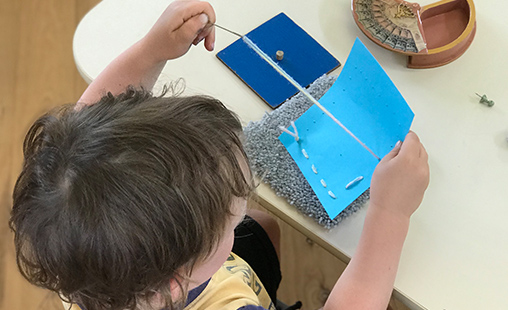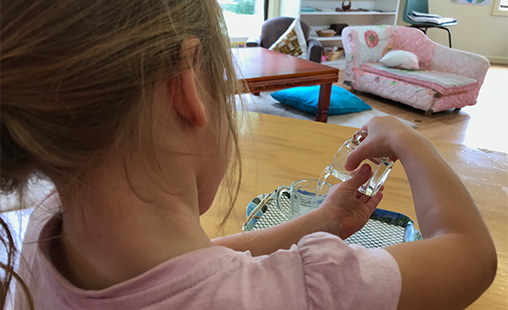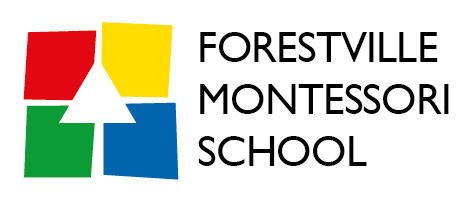Practical Life Is Daily Life in the Children's House
A central theme of the Montessori method is the concept of Practical Life.
Practical Life is a series of exercises aimed at assisting the child
to gain independence through the mastery over the environment.
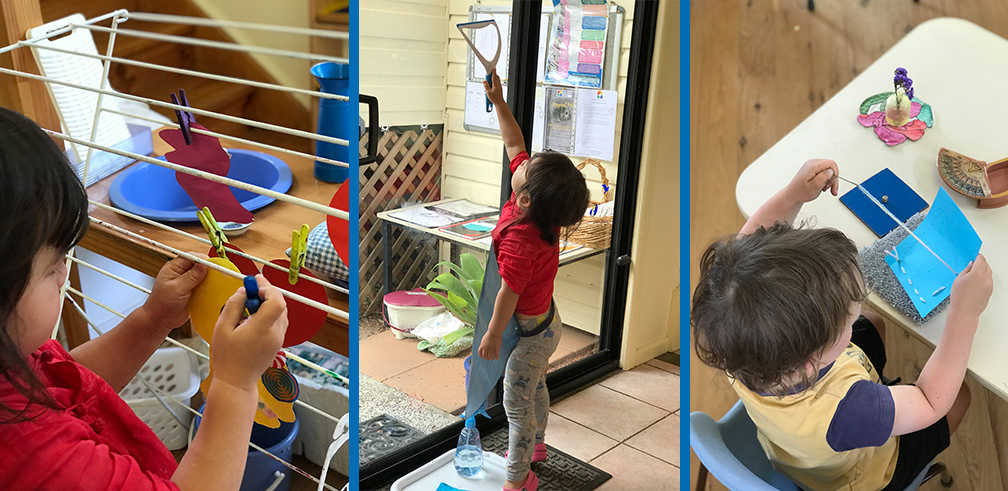
Christine Wright, Director 3-6 Environment
 When a child enters the Children’s House at the age of 3-6, no activities are more important at this stage for their whole development (physical, mental and moral) than those of Practical Life.
When a child enters the Children’s House at the age of 3-6, no activities are more important at this stage for their whole development (physical, mental and moral) than those of Practical Life.
The first thing to realise at the outset is that Practical Life exercises are in fact not ‘practical’ exercises. Emphasis needs to be placed on the word ‘life’ as the exercises aim to assist development.
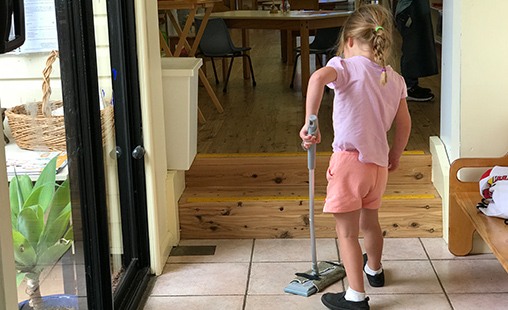 The child’s interest in Practical Life activities is more than a conscious interest. The child’s demeanour reveals that the activities are fulfilling a biological need and that it is in the interest of life (Horme) which is working in and through them as they carry out their activities.
The child’s interest in Practical Life activities is more than a conscious interest. The child’s demeanour reveals that the activities are fulfilling a biological need and that it is in the interest of life (Horme) which is working in and through them as they carry out their activities.
The Practical Life activities help the child do what it is to strive towards a more orderly and perfect manner. The child is ‘helped’ by the placing of ‘motives of activity’ in the prepared environment that are designed to answer the needs of their sensitive period through which the child is passing.
 The Children’s House is a reflection of the outside world. The child feels comfortable, is familiar with items. The child is able to learn how society functions and learns to be independent.
The Children’s House is a reflection of the outside world. The child feels comfortable, is familiar with items. The child is able to learn how society functions and learns to be independent.
Careful presentations are given to the child with real utensils, the right tools. Coordination of movement can only improve by experience. The child needs to be given reassurance and comfort like home.
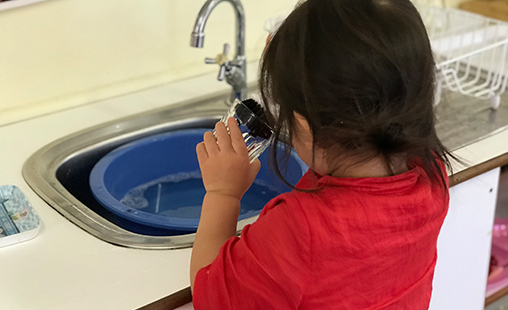 Preliminary exercises are those exercises that the child is introduced to on their arrival in the Children’s House. They are called transitional exercises because the child is familiar to the materials they have in their home environment. i.e. window washing, sewing, washing up dishes, spooning and pouring.
Preliminary exercises are those exercises that the child is introduced to on their arrival in the Children’s House. They are called transitional exercises because the child is familiar to the materials they have in their home environment. i.e. window washing, sewing, washing up dishes, spooning and pouring.
The items in the Children’s House are beautiful, attracting details, colours, brilliance. Some materials are made of i.e. marble, sterling silver and brass. Each material needs to be challenging enough, a reason to persevere, easy and not beyond the child’s capacity.
